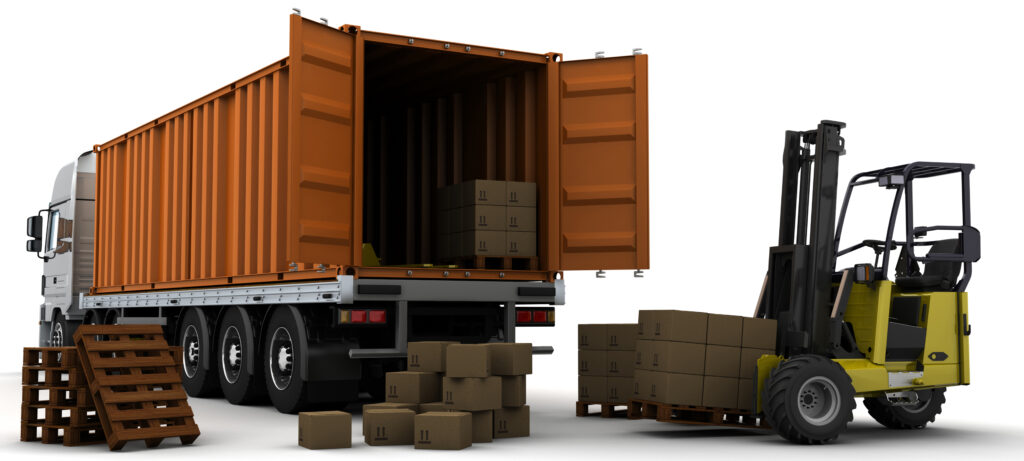
Transloading
Transloading: A Guide to Cross Docking Services
Transloading is a term that refers to the process of transferring cargo from one mode of transportation to another while it is on its way to its final destination. For example, transloading can happen when goods need to cross international borders or travel long distances by different vehicles, such as trucks, trains, ships, and airplanes.
It is also known as cross-docking, because it involves moving cargo across different docks or platforms without storing it in between. Transloading can help reduce transportation costs, optimize delivery times, and increase supply chain efficiency.
Benefits of Transloading
Some of the benefits of Cross Docking include:
- Flexibility: Transloading allows shippers to choose the best mode of transportation for each segment of the journey, depending on factors such as cost, speed, reliability, and availability. Transloading also enables shippers to adjust to changing market conditions, customer demands, and inventory levels.
- Efficiency: Transloads reduce the number of handling steps and intermediaries involved in moving cargo from point A to point B. This can lower the risk of damage, loss, or theft, as well as minimize the environmental impact of transportation. Transloading can also help shippers consolidate or deconsolidate cargo according to their needs.
- Access: Transloading expands the reach and connectivity of shippers by allowing them to access different markets and regions that may not be served by a single mode of transportation. For example, transloading can enable shippers to transport goods by rail or ship to inland locations that are not accessible by road.
- Types of Transloading
- There are different types of transloading depending on the nature and purpose of the cargo. Some common types include:
- Intermodal transloads: This involves transferring cargo between standardized containers that can be moved by different modes of transportation without opening or repacking them. Intermodal transloading is common for international trade and long-distance shipments.
- Bulk transload: This involves transferring cargo that is not packaged or containerized, such as liquids, grains, metals, or coal. Bulk transloading requires specialized equipment and facilities to load and unload the cargo safely and efficiently.
- Breakbulk transloads : This involves transferring cargo that is packaged or palletized but not containerized, such as machinery, lumber, or furniture. Breakbulk transloading may require manual labor or forklifts to handle the cargo.
- Transloading can occur at any place where different modes of transportation meet. However, some locations are designed specifically for the transload purposes and offer various services and amenities for shippers and carriers. Some examples of transload facilities include:
- Seaports: Seaports are where ships dock and unload or load cargo onto trucks or trains. Seaports may have container terminals, bulk terminals, or breakbulk terminals to handle different types of cargo. Seaports may also have customs clearance, warehousing, or distribution services.
- Airports: Airports are where airplanes land and take off and transfer cargo onto trucks or trains. Airports may have air cargo terminals, bonded warehouses, or cold storage facilities to handle different types of cargo. Airports may also have customs clearance, security screening, or courier services.
- Rail yards: Rail yards are where trains stop and switch tracks or transfer cargo onto trucks or other trains. Rail yards may have intermodal ramps, bulk terminals, or breakbulk terminals to handle different types of cargo. Rail yards may also have locomotive maintenance, fueling, or inspection services
- Conclusion: It is a vital process in the global supply chain that enables shippers to move their cargo efficiently and effectively across different modes of transportation. By understanding the benefits, types, and facilities of cross docking, shippers can make informed decisions about their logistics strategies and optimize their transportation costs and performance.
We help Your businesses save time and money through our transloading operation. You don’t have to wait for long times or pay for storage. We are good at managing inbound and outbound shipments.
What gives us the edge is our simple approach. Contact us
Resources:
Cross Dock Miami
Miami Cross dock warehouse
3PL Companies
Miami Forwarders
Image by kjpargeter on Freepik